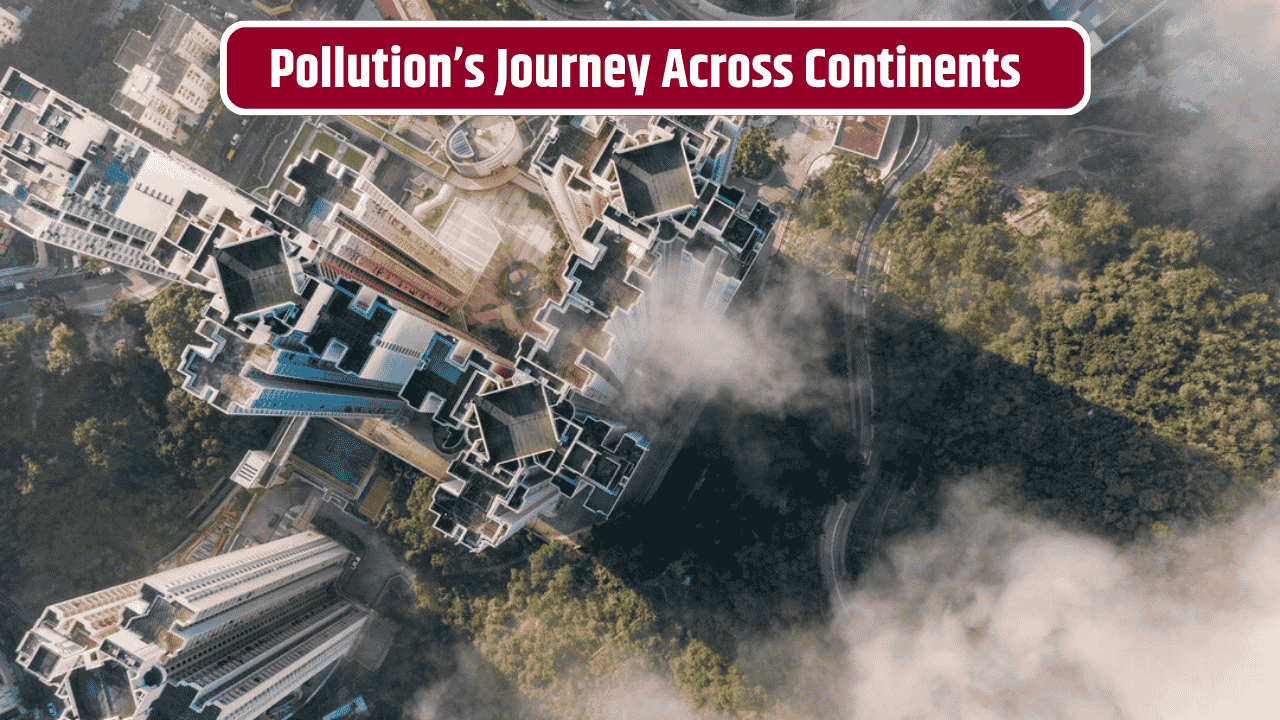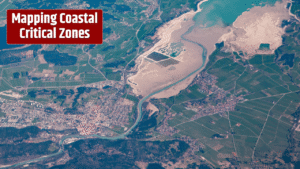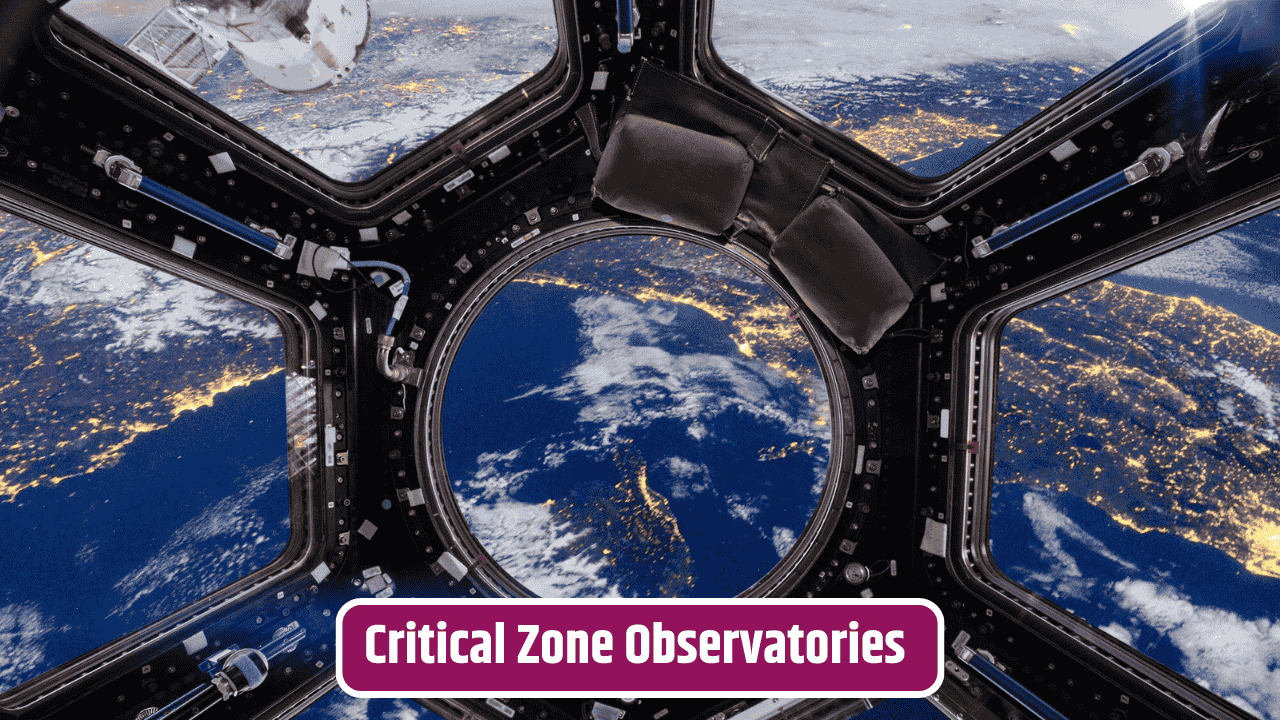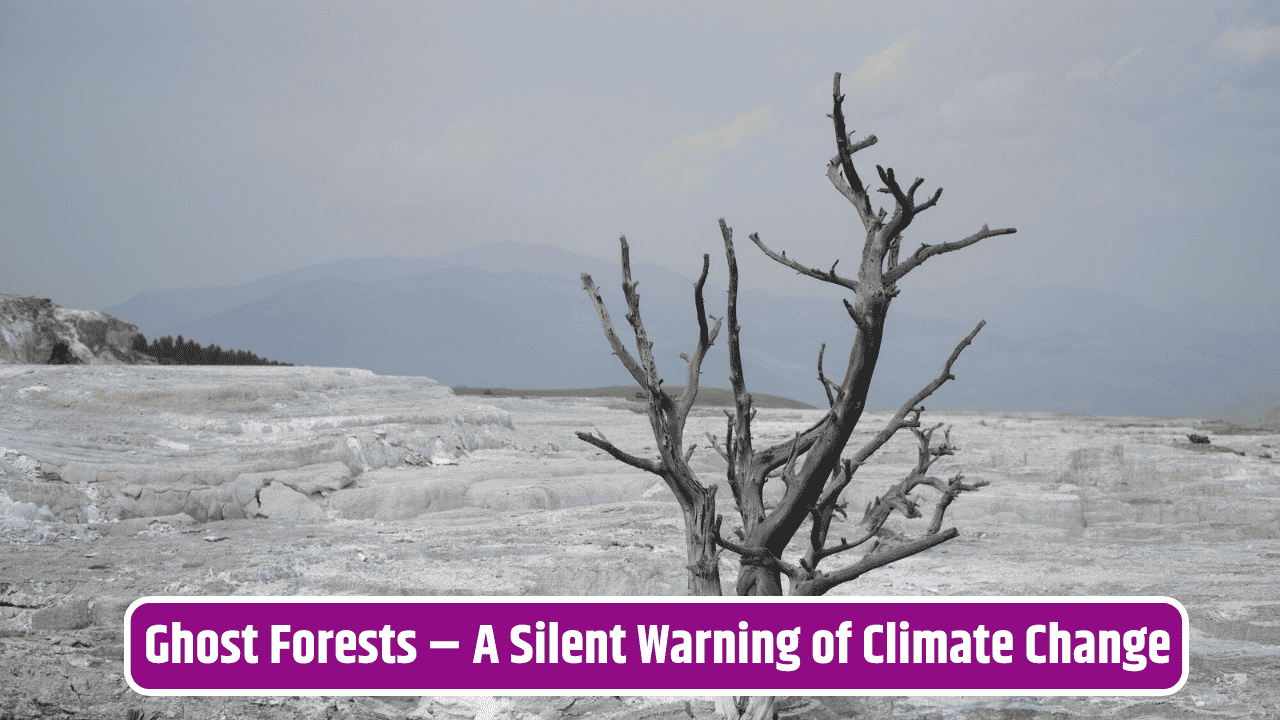It’s a bit unsettling when you realize the air you’re breathing today might have started its journey halfway across the world. Dust and pollution don’t just hang around where they’re born. Thanks to jet streams and shifting weather patterns, they hitch a ride in the sky, sometimes traveling thousands of miles before landing on someone else’s doorstep. That’s why researchers have been putting serious effort into dust tracking projects—because understanding how pollution moves across continents isn’t just a science project, it’s about health, climate, and even politics.
Table of Contents
Why Dust Tracking Matters
Think of it like detective work in the sky. When Sahara dust drifts over the Atlantic and ends up blanketing the Caribbean, scientists want to know exactly how much came, what it carried, and what it did when it arrived. It’s not just about visibility or sunsets (though the hazy orange skies can be striking). These airborne travelers often bring along microscopic hitchhikers—bacteria, heavy metals, or industrial pollutants. The U.S. Environmental Protection Agency (EPA) has been flagging how fine particulate matter (PM2.5) is linked to asthma, heart disease, and premature deaths (EPA source). So when dust goes global, health risks don’t respect borders.
Tools of the Trade: Satellites, Sensors, and Smart Models
Tracking dust isn’t like tracking a car on Google Maps. Scientists lean on a mix of satellites, ground-based stations, and computer models. NASA’s MODIS and CALIPSO satellites, for example, give a bird’s-eye view of plumes drifting across oceans. Then there are field projects—like the NASA Earth Science projects—that combine aircraft sampling and ground measurements to check if the models match reality.
These tools tell us when a dust storm in China might impact California, or how wildfires in Canada end up turning New York skies orange. Remember June 2023? Millions in the U.S. Northeast suddenly found themselves in thick, orange haze because of Canadian wildfires. That was pollution tracking in real time, and it pushed air quality alerts to levels worse than Delhi or Beijing for a few days.
Cross-Continent Consequences
It’s not all bad news. Believe it or not, African dust also helps fertilize the Amazon rainforest by carrying nutrients like phosphorus. That’s a natural upside of this global conveyor belt. But the darker side? Dust and pollution carry allergens, toxins, and greenhouse particles that amplify warming. The World Health Organization has long warned that around 99% of the global population breathes air exceeding safe pollution limits (WHO data).
Table: Examples of Dust/Pollution Pathways
| Source Region | Destination Impacted | Key Effects |
|---|---|---|
| Sahara Desert | Amazon Rainforest, Caribbean | Fertilizes soils, worsens asthma |
| East Asia (industrial) | West Coast USA | Adds to smog, acid deposition risk |
| Canadian Wildfires | Northeast USA | Visibility loss, respiratory illness |
| Australian Dust Storms | New Zealand, Pacific Islands | Soil nutrient deposits, haze |
The Politics of Air That Doesn’t Stay Put
Here’s the tricky bit: when pollution crosses borders, whose responsibility is it? Countries like India and China are often called out for emissions, but much of that pollution can drift toward other nations. The U.S., too, exports its share of smog westward. Global cooperation on air quality—through frameworks like the UN’s Convention on Long-Range Transboundary Air Pollution—is one way governments try to handle this blame game. But enforcement? Much harder.
What This Means for Everyday People
For the average person, the impact shows up in air quality alerts, higher allergy seasons, and sometimes surprise orange sunsets. Apps like AirNow (run by the EPA and NOAA) have become essential tools, especially for parents of kids with asthma or the elderly who are more vulnerable. Understanding dust tracking also helps scientists predict climate changes and future health risks.
In short, dust doesn’t respect borders, and the more we know about its journey, the better prepared we’ll be.
FAQs
Can dust storms really travel across oceans?
Yes. Sahara dust routinely travels across the Atlantic, reaching the Caribbean, South America, and even the southern U.S.
Is transported dust always harmful?
Not entirely. Some dust fertilizes ecosystems like the Amazon, but many particles can harm human health.
How do scientists know where the dust came from?
They use satellite imaging, chemical fingerprints, and atmospheric models to trace its origin.
Did Canadian wildfire smoke in 2023 affect Europe too?
Most of the smoke stayed over North America, but satellite records did show traces drifting across the Atlantic.
What can individuals do to protect themselves?
Stay updated with air quality indexes, use air purifiers indoors, and wear masks on poor air days.










